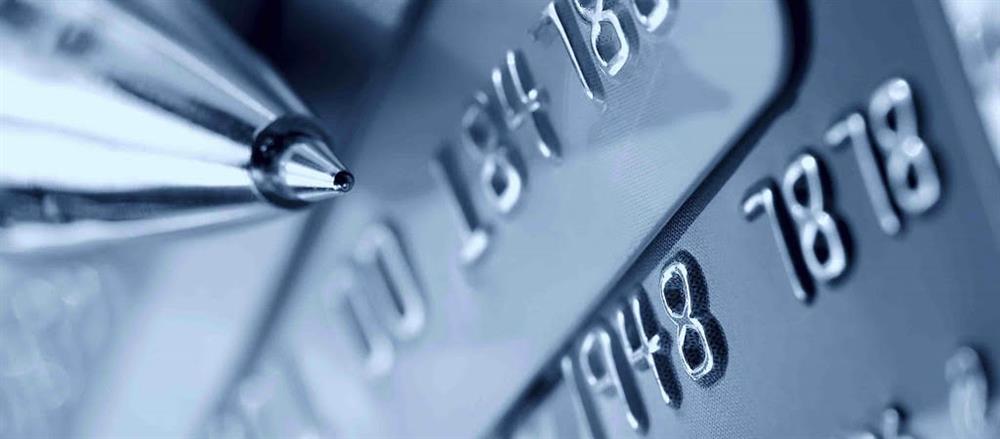Card Personalisation by ABACICARD

ABACICARD is the European leader in the manufacture and personalization of smart cards with over thirty years experience in the industry. ABACI KART’s internal service bureau assesses and suggests the best solution for each project based on functionality, production times and costs.
CARD PERSONALISATION
APPLICATION AND MAGNETIC STRIP ENCODING
The magnetic stripe is currently one of the most widespread encoding systems and is used in several areas: transport, access control, loyalty cards, etc. The degree of coercivity of the stripe divides the magnetic cards into three types: low coercivity (LoCo 300), medium coercivity (HiCo 2750) and high coercivity (HiCo 4000). The greater the coercivity, the lower the risk of accidental stripe demagnetization. The magnetic stripe can be coloured (red, blue, green, yellow, golf, silver, etc.) and overprinted with text or logos, to better integrate it with the card graphics.
APPLICATION AND ENCODING OF CONTACT CHIP AND RFID
The contact microprocessor, generally known as a “chip”, is the most common tool for electronic cards. The chip can contain a greater quantity of data with respect to a magnetic stripe or bar code; the most frequent fields of application are bank cards, phone SIM cards, personnel ID cards, digital wallets and loyalty cards.
The most efficient technology is undoubtedly RFID. The most well-known applications are attendance tracking, access control, payments, ski passes and public transport tickets. RFID detects the presence of a microchip and an antenna, which allows contactless data transmission. RFID smart cards can have a significant amount of memory space and be read at a distance of 80 cm.
BAR CODES, QR CODES, 2D DATA MATRIX
The bar code is an economic system whose use has been tested in many different scenarios, such as the identification of products, public transport, loyalty cards and access control.
It is printed onto the cards by thermography, inkjet or DoD. The most common bar codes are EAN (European Article Number), code 128, code 39 (alphanumeric) and 2/5 interleaved.
QR codes and 2D data matrix codes are also becoming more widespread. The codes can be covered or masked to prevent duplication or copies being made.
SIGNATURE PANEL APPLICATION
The signature panel can be created to a standard size or to the size requested by the customer. It can be white or transparent and used for overlays.
VARIABLE DATA PRINTING (photos, text, numbering.. )
Thermographic printing – This is the heat transfer of colour from a ribbon onto the plastic card by the print head that created high quality images.
Inkjet printing – this is a very widespread technique due to quick turnaround times and low costs.
DoD Printing – It is longer lasting and more accurate than traditional inkjet printing.
EMBOSSING AND ENGRAVING
These are the most widespread techniques for personalising cards, generally used for credit cards: the embossing technique creates “raised” characters that appear on the cards themselves. The indent, however, prints the character into the card. To improve readability, the raised characters are coloured using a tipper, while indented characters are coloured by infilling.
HEAT APPLICATION ABOVE AND BELOW THE OVERLAY
This type of application deposits a layer of a special ribbon onto the card by heat transfer. A text can be printed, or logos and images reproduced using coloured, prismatic or holographic ribbons. The wide range of ribbon types that can be used results in a unique and instantly recognizable personalization.
SECURITY FEATURE APPLICATION
SCRATCH-OFF
Scratch-off is a removable serigraph pigment, normally used to hide PIN/PUK codes on phone cards that can be applied cold (Labels) or hot (Panels) making it much more secure, in the latter case, against attempts to counterfeit them.
HOLOGRAMS
The holographic image is obtained using laser technology that exploits the refraction and reflection of light. The hologram can be personalised with texts, images or brands and is one of the most sophisticated means by which to guarantee card security, widely used for credit cards and bank notes. Depending on the technology employed, a 2D or 3D effect can be achieved with multiple animations based on the angle of the card.
HOLOGRAPHIC EFFECT
The extremely fine texture, which characterises this technique, results in optic refractions that make the image similar to a traditional hologram. Textures can be achieved in satin finish, floral themes, geometric motifs, abstract figures, texts, logos and much more.
INVISIBLE UV INK
Printing is achieved with special UV offset/serigraph ink invisible to the naked eye, with which complex images or textures can be created that are difficult to reproduce. It does not alter the graphics on the card since it is only visible under a Wood’s lamp.
OPTICALLY VARIABLE INK (OVI)
Printing is achieved with ink containing optically variable pigments which produce changes in the colour depending on the angle from they are observed or the angle of the light. This makes them extremely difficult to reproduce or counterfeit.
GUILLOCHE
A guilloche is an intricate geometric figure made up of numerous fine, intersecting lines. Each design is unique and, therefore, virtually impossible to reproduce.
MICRO-TEXTURE
With this particular raised varnish, created using an offset technique, it is possible to produce a contrast between shiny surfaces and opaque surfaces, which is visible in backlighting and perceivable to touch. This technique means texts, images and logos can be reproduced increasing the range of potential personalisation.



